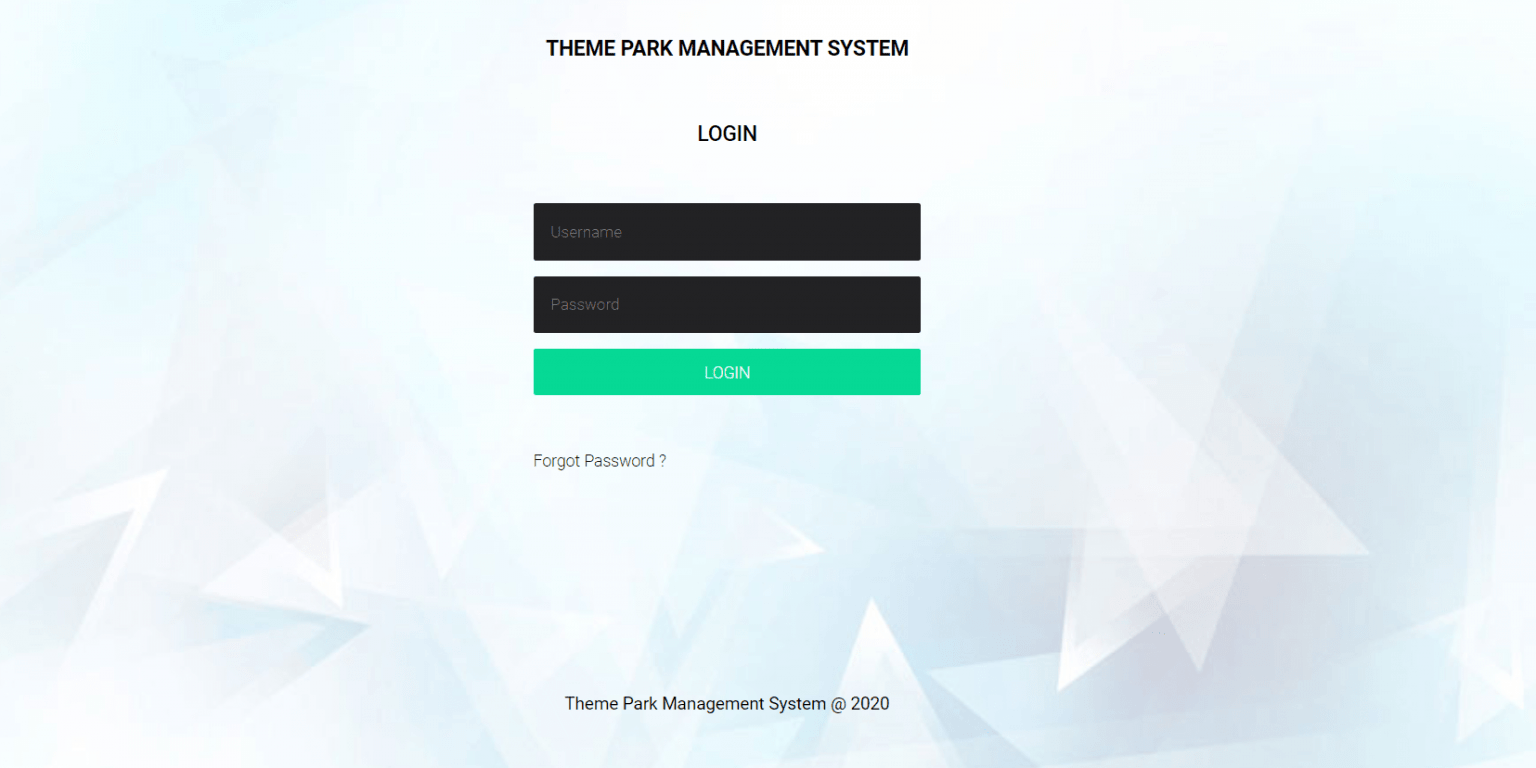

- LOCALHOST DASHBOARD PHP HOW TO
- LOCALHOST DASHBOARD PHP INSTALL
- LOCALHOST DASHBOARD PHP SOFTWARE
- LOCALHOST DASHBOARD PHP CODE
We will utilize HTML and CSS for this part of the tutorial, as PHP will not be necessary on this page.Įdit the index.html file with your favorite code editor and add the following code:įont-family: -apple-system, BlinkMacSystemFont, "segoe ui", roboto, oxygen, ubuntu, cantarell, "fira sans", "droid sans", "helvetica neue", Arial, sans-serif īox-shadow: 0 0 9px 0 rgba(0, 0, 0, 0. We will now create a form that our users can use to enter their details and submit them for processing. profile.php - Retrieve the user's account details from our MySQL database and populate them with PHP and HTML.This can be accomplished using tools such as XAMPP, WampServer, or MAMP.
LOCALHOST DASHBOARD PHP INSTALL
home.php - Basic home page for logged-in users. To begin with PHP programming on localhost, we must first install a local web server.logout.php - Destroy the logged-in sessions and redirect the user to the login page.


If one of those exist it will open the file. First it will search for any file named index.php or index.html. index.html - The login form created with HTML5 and CSS3. Here's what's actually happening localhost means that you want to open htdocs.Create the following directories and files:.Navigate to XAMPP's installation directory ( C:\xampp).We can now start our web server and create the files and directories we're going to use for our login system. Sessions are saved on the server and are associated with a unique ID that is saved in the browser (cookie). Session Management - Initialize sessions and store retrieved database results.
LOCALHOST DASHBOARD PHP HOW TO
If youre asking how to run things from your programming environment, then the answer depends on which environment youre using. You run things by typing commands at the command prompt and pressing Enter. Basic Validation - Validating form data that is sent to the server using GET and POST requests (username, password, email, etc.). Localhost is the computer youre using right now.Prepared SQL Queries - How to properly prepare SQL queries to prevent SQL injection and therefore prevent your database from being exposed.Form Design - Design an elegant login form with HTML5 and CSS3.
LOCALHOST DASHBOARD PHP SOFTWARE
It's unnecessary to install all the software separately with XAMPP, especially while working on a development environment.ġ.2. It includes PHP, MySQL, Apache, phpMyAdmin, and more.


 0 kommentar(er)
0 kommentar(er)
